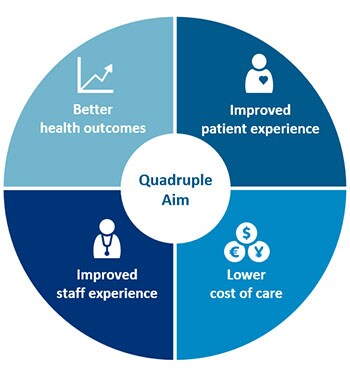

And while the reasons are complex, and the shortfall disproportionately hits low- and middle-income countries, the issues around it affect every health and care system in their ability to address population needs and build resilient communities.Īs with so many other issues, long apparent and still overlooked by health and care systems, the pandemic has also put into high relief the plethora of challenges service providers are faced with every day: from the inability of sharing data adequately to the lack of communication across organisations and sectors, the power struggles between different professional groups to budget constraints and counterproductive incentives, to name but a few.

They estimate that by 2030, there will be a global shortfall of 18 million health and care workers. The WHO has a long tradition of calling for action on the subject and, in the light of the Sustainable Development Goals (SDGs) and the COVID-19 pandemic, has declared 2021 the Year of the Health and Care Workers. GPs, social workers), by country (migration from South to North and East to West) or region (rural-urban divide). They were not the first to draw attention to the sometimes precarious working conditions of health and care workers and the lack of strategic planning of decision makers to address an increasingly lopsided picture, where workforce migration, burn out and job dissatisfaction lead to an uneven availability in various professions (e.g. In 2014 Bodenheimer and Sinsky proposed to expand the Triple Aim concept, and add a fourth dimension to it: improving the work life of professionals.


 0 kommentar(er)
0 kommentar(er)
